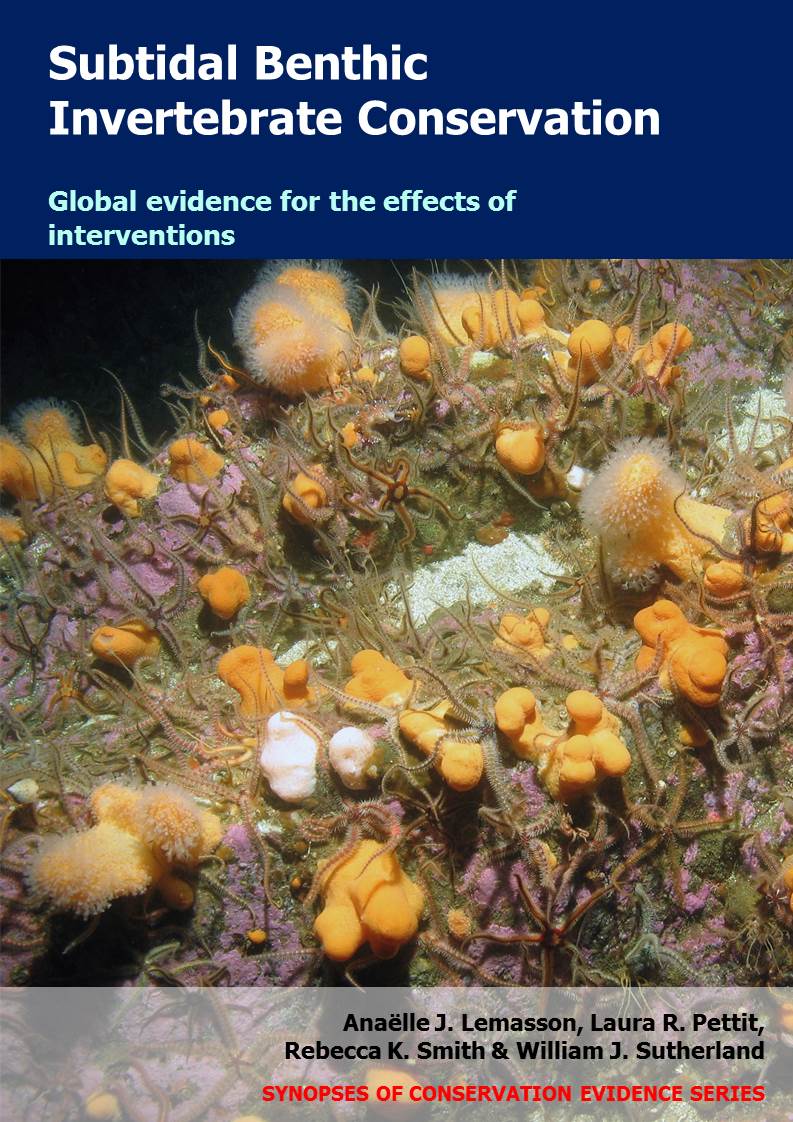Modify the design/attachments of a shrimp/prawn W-trawl net
-
Overall effectiveness category Unknown effectiveness (limited evidence)
-
Number of studies: 1
View assessment score
Hide assessment score
How is the evidence assessed?
-
Effectiveness
61% -
Certainty
24% -
Harms
0%
Study locations
Supporting evidence from individual studies
A replicated, paired, controlled study in 2014 in Moreton Bay, Australia (Balash et al. 2016) found that four designs of W-trawl nets caught less non-commercial unwanted catch of crustaceans (discard) compared to a traditional Florida Flyer trawl net. All designs of W-trawls caught smaller amounts of crustacean discard than the traditional trawl (design 1: 1.5 vs Florida Flyer: 5.2 kg/ha; design 2: 5.6 vs 7.6; design 3: 4.9 vs 6.7; design 4: 6.9 vs 9.4). All designs of W-trawl caught lower amounts of the commercially targeted prawn species compared to the traditional trawl (27–39% reductions). In February 2014, unwanted catch from four W-trawl designs were compared to that of the Florida Flyer trawl during paired simultaneous 15–60 min deployments (one net of either one of the four designs on one side of the vessel, one Florida Flyer net on the other; 10–13 deployments/design). Design 1: unmodified W-trawl. Design 2: W-trawl with secured netting at the wing ends. Design 3: design 2 with the top tongue pulled forward and one chain link removed from each side of the ground chain. Design 4: design 3 further modified at wing ends (fitting “Dan lenos”). See paper for technical details. All nets were fitted with batwing otter boards, a “turtle-excluder device” (escape panel), and a “bycatch reducing device” (“fisheye”). At the end of each haul, catches were sorted into commercially targeted catch, commercial unwanted catch (large crabs, squid and octopus), and crustacean discard, and all were weighed.
Study and other actions tested
Where has this evidence come from?
List of journals searched by synopsis
All the journals searched for all synopses
This Action forms part of the Action Synopsis:
Subtidal Benthic Invertebrate Conservation





)_2023.JPG)














